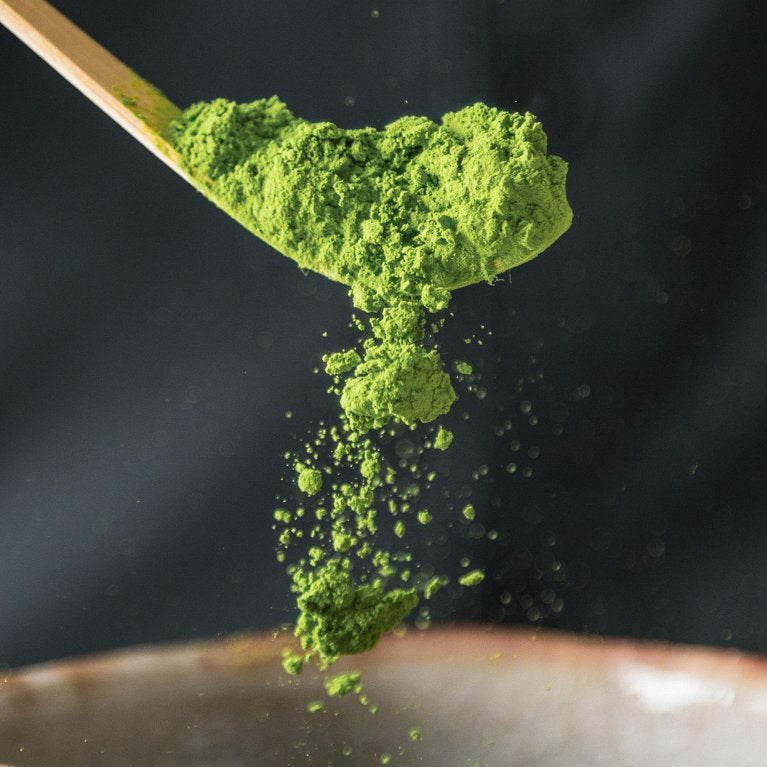BEAUTIFUL BROKENNESS
by Haojing | November 14, 2019
Humans have always been drawn to the ephemeral and the fragile. But for the things we truly love, we tend to cling tightly onto them, hoping to prolong their existence.
I wish to preface this article by lamenting the inadequacy of the English language. Just as the beauty of The Little Prince was diminished when translated from French, many subtle nuances of either Japanese or Chinese idioms and poems are lost during translation as well. That said, we try our best to present the ideas here as clearly as we can, while retaining the often visual linguistic expression of the original text.
尘劳迥脱事非常,紧把绳头做一场。
不经一番寒彻骨,怎得梅花扑鼻香。
~黄蘖禅师
How rare it is for one to escape the shackles of a mundane life;
One's grasp on the rope of such endeavour be tight.
Without the piercing wind of winter might;
How can one expect the fragrance of plum blossoms to delight.
~ Zen monk Huang Nie
As the last spring blossom falls from its branches, as the last leaf of summer heralds the amber of autumn, there will always be someone looking upon them with a gentle smile and a tinge of sadness.
Humans have always been drawn to the ephemeral and the fragile. The fragrance of fresh flowers, the sparkle of the thinnest crystal chalice and the wrinkles of a well-worn leather-bound book.
One may even argue that the intrinsic value of most things we hold dear to our hearts lies in their mortality.
The Japanese articulate these feelings more poetically than any other. From mono no aware (物の哀れ), to wabi sabi (侘寂); these adages express the romance of, and the bittersweet sensitivity to the transient.
But for the things we truly love, we tend to cling tightly onto them, hoping to prolong their existence. First bouquet of flowers are carefully dried, and the spine of a favourite book painstakingly taped together. As with many worthwhile ponders, the push and pull, ying and yang, and at times seemingly ironic behaviour are on display in wabi sabi.
And it was out of this will to hold on to something precious that the art of kintsugi was born in ancient Japan.
Touched by a Shogun's affection for his favourite cup that had been broken, a group of craftsmen decided to not only attempt to repair, but transform the cup.
With the use of a special lacquer and powdered gold, broken pieces of pottery were painstakingly brought together. And the craftsmen did not try to hide the flaws and scars of brokenness; instead, they were highlighted with gold and proudly displayed. They called it the "beautiful brokenness".
In Zen Buddhism, one sees the repair of broken pottery as symbolic of the reconciliation between men and the flaws and accidents in one's time. There are times whereby a piece of broken pottery is missing and the kintsugi craftsmen will use another piece of pottery in its place during repair. It is true that the cup may never be the same again, but it is whole again. And many a time, that is what really matters. To be whole, and to grow.
To its owner, the unique veins and webbings lend another layer of memories to his favourite cup. A little encounter that reminds him of the mortality of his favourite ware. And in his eyes, it is still the same cup. You can replace every piece of damaged plank from a ship, piece by piece over time, but that doesn't change the identity of the ship.
To some, it may seem incredulous that others choose to salvage broken pieces when it may be easier to simply replace the article. Likewise, not everyone can appreciate the beauty of falling autumn leaves. The Chinese have a saying: Without the bone-piercing harshness of winter, how can there be the overwhelming fragrance of the plum blossom in spring? Therein lies the great oriental wisdom of not only accepting failures, but seeing them as necessary for growth.
Perhaps through the fragility of the things we cherish, we are reminded of our own. And through the radiance and strength of the gold in cracks of the kintsugi, we too find strength and confidence in life, while looking forward to the fragrance of the plum blossoms.









